Count Calories Diet Plan: Your Complete, Friendly Guide to Sustainable Weight Loss
A friendly, practical guide to a count calories diet plan—how to set targets, track food, avoid common mistakes, and make it fit your life.
You’ve probably heard it a thousand times: eat less, move more. But did anyone ever tell you how to actually do the “eat less” part without turning your life into a math lab? That’s where a count calories diet plan comes in. It’s not a diet fad; it’s a practical toolkit that tells you what and how much to eat so your body loses fat and your sanity stays intact.
I’ve coached friends through this, tried it myself after too many pastry-heavy vacations, and watched clients who tracked faithfully lose more weight and keep it off. This guide will walk you through the who, why, and how of a count calories diet plan—no judgment, plenty of humor, and actionable steps you can start today.
Why a Count Calories Diet Plan Actually Works (And Why It Isn’t Boring)
Let’s be blunt: the idea behind a count calories diet plan is simple because human bodies obey math. Calories in vs. calories out still governs weight change. That’s not to say food quality doesn’t matter—because it absolutely does—but if your goal is fat loss, creating a calorie deficit is the reliable lever.
The beauty of a count calories diet plan is that it removes guesswork. Instead of vague rules like “eat clean” or “detox,” you get a clear number: your daily calorie budget. That clarity helps you make trade-offs intentionally. Want pizza Friday? Fine—plan for it. That’s a big reason people who track eat more deliberately and lose more weight. A 2019 study in the American Journal of Preventive Medicine found that people who tracked intake consistently lost significantly more weight than those who didn’t. In short: tracking works, and it doesn’t have to be soul-crushing.
How to Calculate Your Target in a Meal Plan
Step 1: Find your baseline (BMR)
Your Basal Metabolic Rate (BMR) is the energy your body needs to keep you alive—breathing, pumping blood, keeping warm. You can estimate it using the Harris-Benedict equations:
- Women: BMR = 655 + (4.35 × weight in lbs) + (4.7 × height in inches) − (4.7 × age)
- Men: BMR = 66 + (6.23 × weight in lbs) + (12.7 × height in inches) − (6.8 × age)
Treat this as your baseline rent payment tokeep the lights on.
Step 2: Multiply by activity to get TDEE
Now multiply by an activity factor to get your Total Daily Energy Expenditure (TDEE):
- Sedentary: BMR × 1.2
- Lightly active: BMR × 1.375
- Moderately active: BMR × 1.55
- Very active: BMR × 1.725
TDEE = the calories you burn on a typical day. Your count calories diet plan starts here.
Step 3: Create the deficit
To lose weight, subtract 500–1,000 calories from TDEE. A 500-calorie deficit ≈ 1 lb/week. Want to be careful? Start with 300–500 calories so you don’t hate your life.
Important safety note: don’t go below ~1,200 calories/day for most women or ~1,500 calories/day for most men without medical supervision. Those minimums protect your nutrition and metabolism.
What Cutting Calories Really Looks Like
Here’s the part most people skip: real examples. A count calories diet plan isn’t about cutting joy out of your meals — it’s about knowing your options and making choices that work for you.
Breakfast: Greek yogurt with a handful of berries and a sprinkle of granola. This is around 300–350 kcal, but honestly, when it tastes this good, the numbers kind of fade into the background.
Lunch: A turkey pita stuffed with hummus and whatever crunchy veggies you’ve got hanging around — easy to throw together, filling, and way more satisfying than another sad salad. About 350–400 kcal.
Snack: An apple with a swipe of almond butter — simple, a little sticky, but somehow always hits the spot. Around 120–150 kcal.
Dinner: Baked salmon with quinoa and broccoli — it sounds like “healthy person” food, but it’s actually cozy and delicious. Around 400–450 kcal and a solid note to end the day on.
Tools That Make a Count Calories Diet Plan Less Annoying (and Actually Sustainable)
If you’ve ever tried counting calories on instinct alone, you know how wildly inaccurate you can be. That’s why the right tools matter.
Apps (your digital best friends)
- MyFitnessPal — huge database, barcode scanner. Easy starter pick.
- Cronometer — better for micronutrients if you care about vitamins and minerals.
- Lose It! — clean interface and goal-focused.
Pick one and use it for at least two weeks before judging.
Digital Food Scale
Here’s where I’m going to break some bad news: you’re terrible at estimating portions. We all are. Studies show people underestimate portion sizes by 20-40% on average. A food scale removes the guesswork and takes about two seconds longer than eyeballing portions.
Look for a scale that weighs in grams (more precise than ounces) and has a “tare” function to zero out the weight of plates and bowls. You don’t need anything fancy—a basic digital scale for around $20 will serve you well.
Reading Nutrition Labels Like a Pro
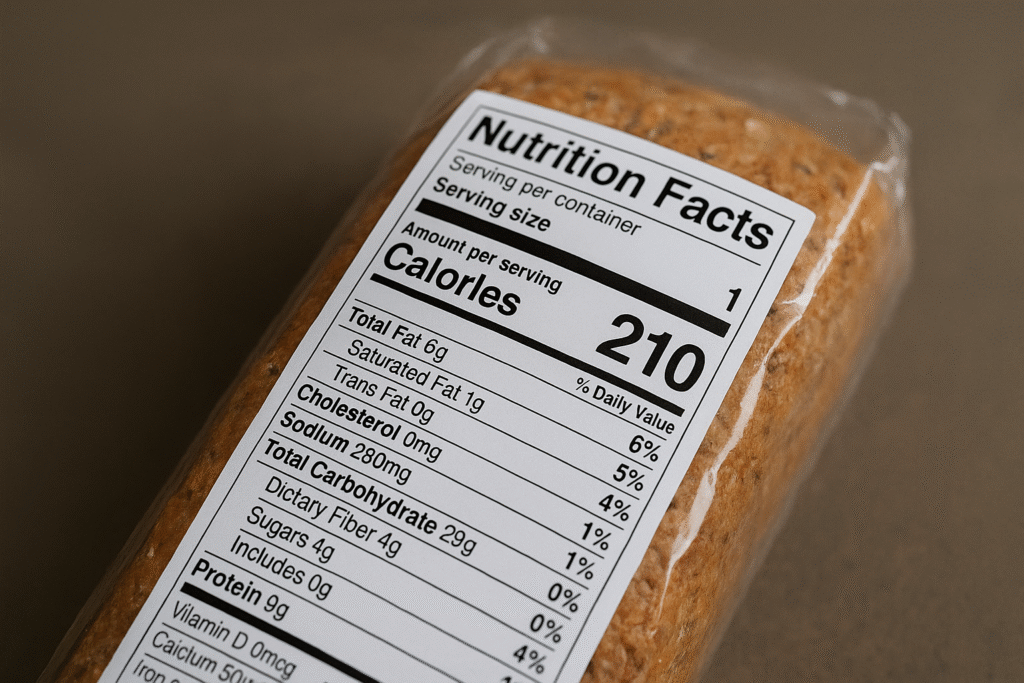
The serving size is listed at the top for a reason—it’s the foundation for all the numbers below it. But here’s the kicker: the serving size isn’t necessarily the amount you should eat. It’s just the amount the manufacturer used for their calculations.
Pay attention to “servings per container” too. That innocent-looking bag of chips might contain 2.5 servings, meaning you need to multiply everything by 2.5 if you eat the whole bag.
This is the difference between “I guess that’s a cup” and “I know exactly what I’m logging.” Studies show people underestimate portions by 20–40%. A digital scale saves you from self-deception.
Meal prep containers & a plan
Take half an hour on Sunday — seriously, just 30 minutes — to sketch out what you’ll eat for the week. It’s not just about sticking to your count calories diet plan; it’s about saving yourself from that 7 PM fridge stare-down when you’re tired, hungry, and somehow expecting dinner to magically appear. We’ve all been there — opening and closing the fridge like it’ll reveal new options if you look enough times.
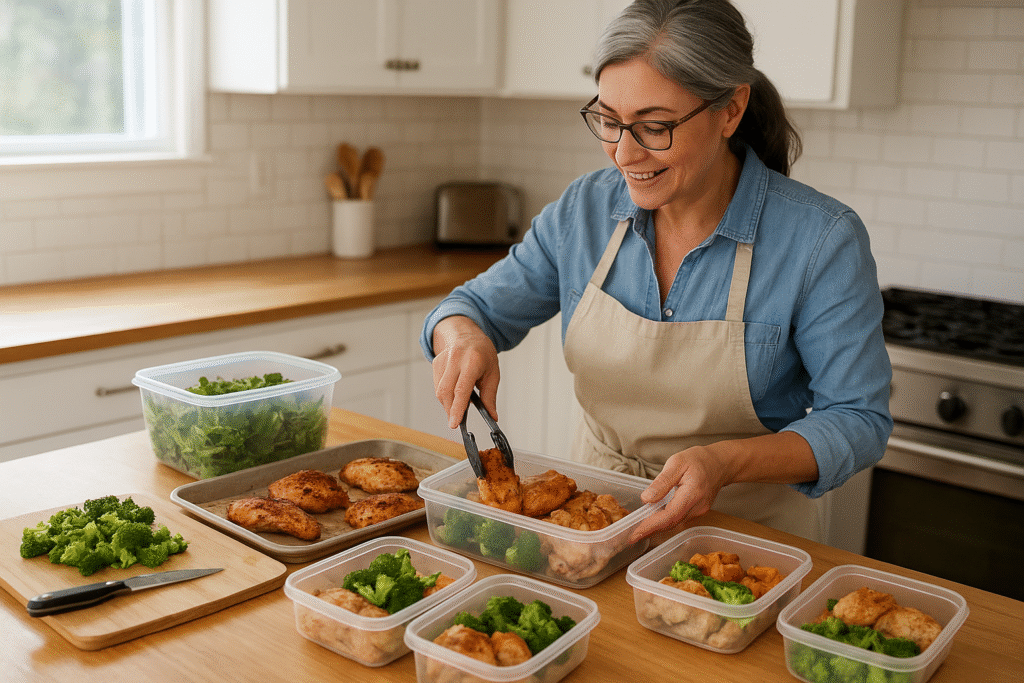
The trick is to make future-you’s life easier. Grill or bake a batch of chicken, wash and chop some veggies, portion out a few snacks — whatever makes sense for your week. You don’t need to become one of those “meal prep influencers” with a fridge full of identical containers and perfectly portioned quinoa (though honestly, good for them). Just have a few real, ready-to-eat things on hand — grilled chicken, chopped veggies, maybe a snack box you can grab when life gets messy. The goal isn’t perfection; it’s making the healthy option the one that doesn’t require a pep talk. Because let’s be honest — on busy days, if it’s not easy, it’s not happening.
Handling Restaurant Meals
Don’t become the person who brings a food scale to dinner parties. Instead, learn to navigate restaurant meals strategically:
- Check the menu online beforehand and decide what you’ll order.
- Ask for dressing and sauces on the side.
- Consider eating half and taking the rest home—restaurant portions are usually enough for two meals anyway.
- If nutritional information isn’t available, estimate conservatively and add a buffer.
Research shows that people who plan what they’ll eat in challenging situations are significantly more likely to stick to their goals. It’s called implementation intentions, and it works because you’ve already made the decision when your willpower is strong.
Smart Rules for Healthy Eating (So You Don’t Burn Out)
A count calories diet plan should be flexible, not punitive. Here are rules I actually follow and recommend:
1. Use the 80/20 rule
Make nutritious choices most of the time—say 80%—and allow for the 20% treats. This keeps you sane and consistent.
2. Prioritize protein
Aim for 20–30 grams of protein at each main meal. It helps with satiety and preserves muscle while you lose fat.
3. Watch liquid calories
Coffee drinks, smoothies, and cocktails add up fast. Log them. Don’t assume “mostly water” because it’s not.
4. Plan for restaurant nights
Scan the menu ahead, choose lean proteins, ask for sauces on the side, or split a main. You’d be amazed how many calories a default restaurant plate hides.
Common Mistakes (and How to Avoid Them)
A count calories diet plan is simple, but it’s not always intuitive. Here are mistakes I see repeat offenders make—and the fixes that work.
Mistake: Eyeballing portions
Fix: use a scale for calorie-dense foods (nuts, oils, cheese) until you get a good feel.
Mistake: Ignoring bites and sips
Fix: log them. The coffee creamer or taste-off spoon are stealth calories.
Mistake: Setting too-low targets
Fix: aim for steady, sustainable loss. Too-low calories = hunger, irritability, and stalled metabolism.
Mistake: Only counting calories and ignoring nutrition
Fix: aim for micronutrient-rich choices. Weight loss without nutrients = poor sleep, low energy, and disappointment.
When the Scale Won’t Budge: Troubleshooting Plateaus
Plateaus are part of the process. They do not mean you’re broken. Here’s what to do if your count calories diet plan hits a wall.
- Audit your tracking. Are you still weighing and logging everything?
- Recalculate TDEE. As you lose weight, your needs fall—re-run your numbers.
- Adjust by 100–200 kcal. Small tweaks beat drastic cuts.
- Consider a diet break. A week at maintenance can reset hormones and adherence. Studies on metabolic adaptation (Kevin Hall and colleagues) show your metabolism adapts but usually less dramatically than fearmongers claim—so small, smart adjustments are the answer.
The Evidence: Tracking Works (But Here’s the Proof I Like)
A 2019 study in the American Journal of Preventive Medicine found that people who tracked their food consistently lost significantly more weight than those who didn’t. The kicker? Most successful participants spent less than 15 minutes daily logging—so it’s not a full-time job.
Kevin Hall’s research on metabolic adaptation (published in journals like Obesity and through NIH channels) also helps. His team shows that while your metabolism slows as you lose weight, it’s usually not the catastrophic drop people fear. The practical takeaway for your count calories diet plan: track consistently, adjust thoughtfully, and be patient.
Making an Eating Style That Fit Your Life (Real-Life Tips)
I’ve used these practical hacks with friends who travel, parents with tiny humans, and people with 60-hour workweeks. They work.
Travel and social life
- Pre-log restaurant meals when you can.
- Choose protein-focused dishes and ask for sauces on the side.
- Eat half and box half—restaurant servings are notoriously oversized.
Busy weeks
- Cook big batches (sheet-pan dinners, slow-cooker stews).
- Keep frozen veggies and pre-cooked proteins on hand.
- Use convenient, healthful options that fit your calorie budget—no shame in a good frozen meal if it keeps you on track.
Family life
- Make family meals portions-first: plate the right portion for you, then serve kids.
- Teach kids about plates and portions—my niece now judges my dinner with terrifying accuracy.
Tracking Beyond the Scale: Non-Scale Wins

A count calories diet plan isn’t only about the number on the scale. Here are wins I celebrate and you should too:
- Clothes fit better.
- Energy increases.
- Sleep improves.
- Exercise gets easier.
- Confidence in food choices grows.
These are the things that keep people on plan long-term.
Advanced Tweaks for People Who Love Data
If you love spreadsheets and metrics (hi, fellow nerds), here are thoughtful upgrades:
- Track protein grams/day (target 0.7–1.2 g per lb of bodyweight depending on goals).
- Log steps and strength workouts to adjust TDEE.
- Use weekly averages for calories and weight to avoid emotional decisions based on daily noise.
- Recalculate TDEE every 10–20 lbs lost.
These small adjustments make a count calories diet plan smarter and kinder to your body.
Long-Term: How to Move Off Strict Counting Without Relapse
Many people use a count calories diet plan to learn portion sizes and hunger cues, then transition to a looser maintenance routine. That transition can look like:
- Track less often—maybe a week per month.
- Use portion rules learned from tracking (e.g., protein at every meal).
- Keep occasional check-ins after holidays or stressful periods.
Think of counting as training wheels. Some people keep them on; others don’t. Both paths are fine.
FAQs
Do I need to count forever?
No. Many people phase out of strict tracking after they internalize portions and habits.
Can I eat treats?
Totally. Plan them. That’s the joy of a count calories diet plan—you choose.
How accurate do I need to be?
Aim for consistency: ±10–20% is fine. Precision matters most with calorie-dense items.
What if I’m not losing?
Audit tracking, adjust calories modestly, or increase activity. Consult a professional if needed.
Final Thoughts: Why a Count Calories Diet Plan Might Be the Kindest Diet You Try
A count calories diet plan gets a bad rap for being clinical, but I think of it as permission. Permission to eat the foods you love—within a plan. Permission to measure progress objectively. Permission to be flexible and human.
If you want to lose weight without losing your personality, counting calories gives you agency. It’s not magic, but it works regularly, predictably, and transparently. And if you pair it with patience and small habits—meal prep, a food scale, a good app—you’ll find it’s less of a chore and more of a skill. One I promise is learnable.
Want a starter checklist to get going today? Here’s the short version:
- Calculate TDEE and set a realistic deficit.
- Download an app and log everything for two weeks.
- Invest in a digital scale.
- Meal-prep one day a week.
- Celebrate non-scale wins.
Go gentle on yourself. I have never met anyone who regretted learning to track their food intelligently. The count calories diet plan might just be the practical, sustainable tool you need—and yes, that includes the occasional slice of cake. Plan for it, log it, enjoy it. Life’s too short for guilt with frosting.

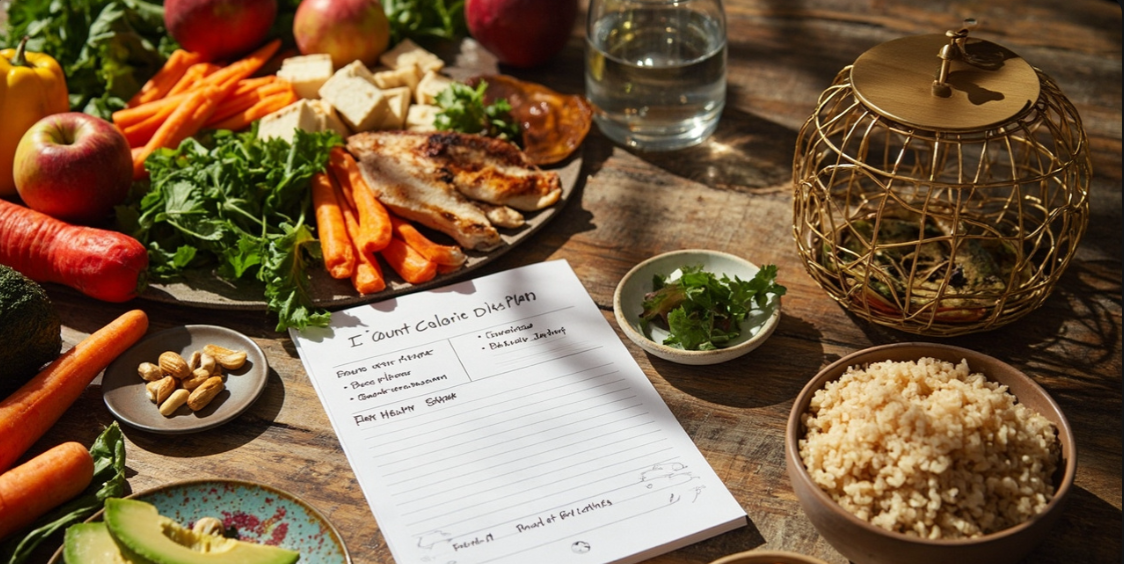




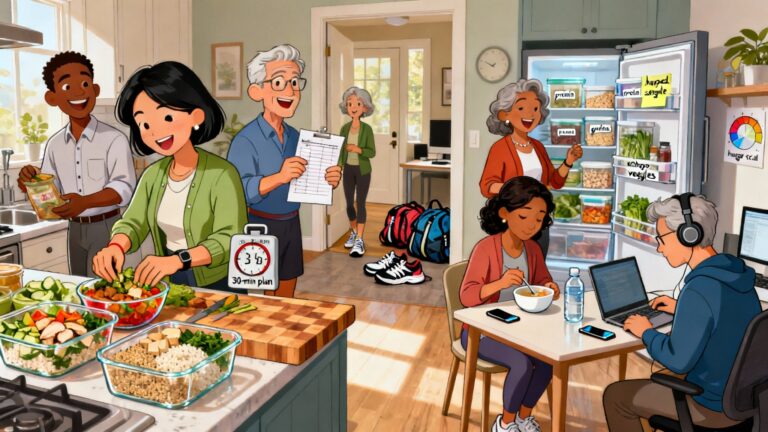
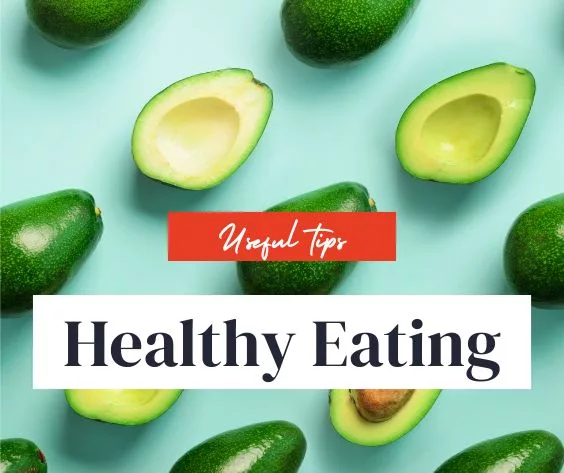
3 Comments
Comments are closed.